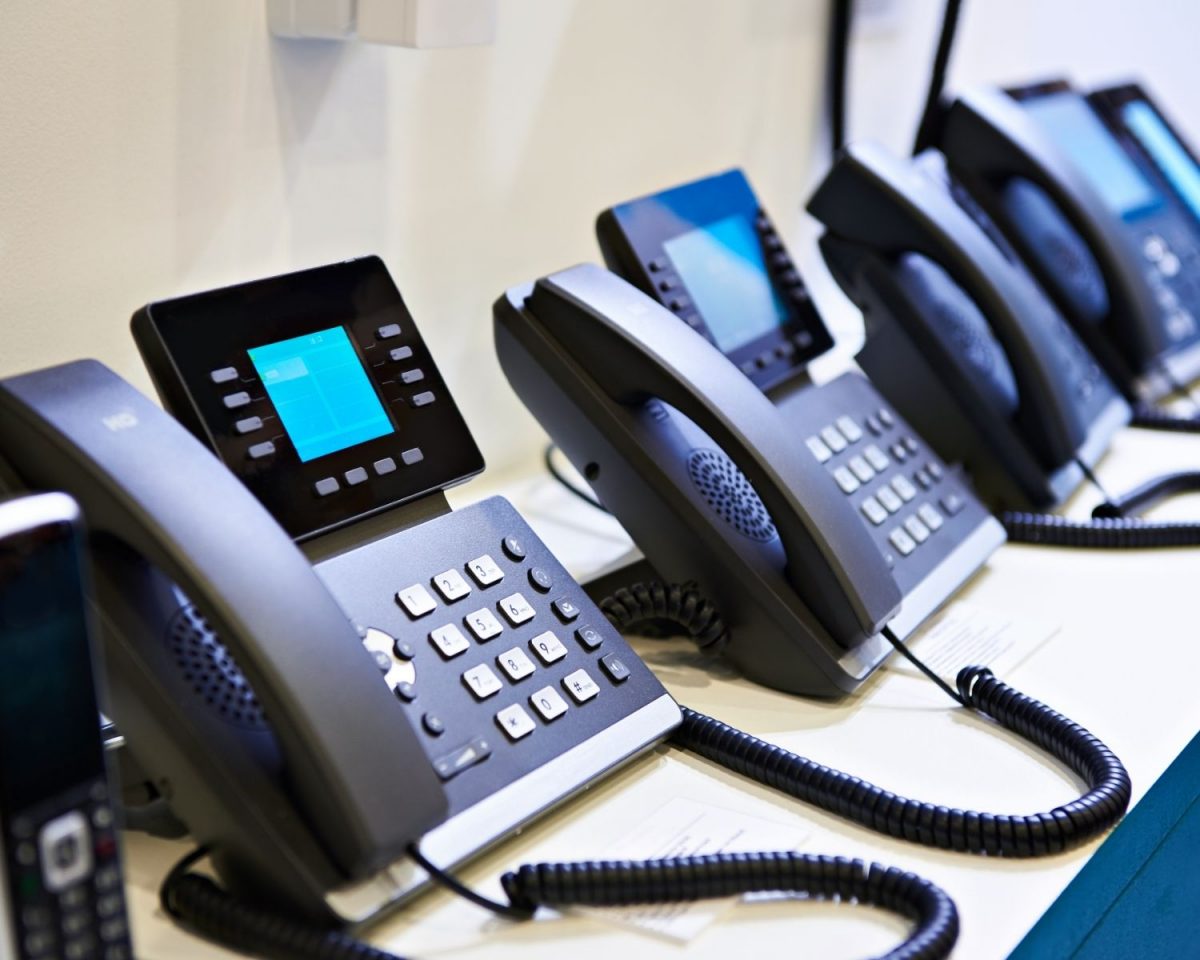In today’s digital age, Voice over Internet Protocol (VoIP) systems have become an indispensable means of communication for businesses. While VoIP offers numerous benefits, it is also vulnerable to hacking. Cybercriminals can exploit vulnerabilities in VoIP systems to gain unauthorized access to sensitive business data or leverage the system for nefarious purposes. In this article, we will highlight five indicators that your VoIP system may be under attack and provide guidance on what you can do to address these issues.
Irregular Call Patterns
One sign of VoIP system hacking is an unusual call pattern. Hackers may utilize your system to place calls to premium rate or international numbers, leading to higher than normal bills. Typically, these calls are made during non-business hours when they are less likely to be noticed.
What to do: Monitor your call logs frequently and be on the lookout for any unusual call patterns. Consider setting up call restrictions to prevent unauthorized calls.
Deteriorated Call Quality
VoIP system hacking can also result in low-quality calls. Hackers may use your system to initiate spam calls, leading to issues like dropped calls, echoes, or background noise.
What to do: Implement spam filters to block unsolicited calls. Ensure that your system software is up-to-date with the latest security features.
Unauthorized Access
Hackers may try to access your VoIP system by exploiting vulnerabilities, guessing passwords, or using phishing attacks to gain access to user credentials.
What to do: Use robust passwords and enable two-factor authentication to reduce unauthorized access to your system. Train your staff on the dangers of phishing attacks and provide guidance on how to detect and avoid them.
Unusual Network Activity
Hackers may use your VoIP system as a stepping stone to access other network resources. This can lead to unusual network behavior, such as abnormal data usage, atypical traffic patterns, or unauthorized access to other systems.
What to do: Monitor your network activity closely and investigate any signs of unusual behavior. Implement firewalls and other security measures to prevent unauthorized access to your network.
Changes in System Configuration
VoIP system hacking may involve changes to your system settings, including voicemail, call forwarding, or auto-attendant settings.
What to do: Regularly check your system settings to ensure that they remain unchanged. Enable access controls to prevent unauthorized modifications.
VoIP systems are vital to modern business operations, but they pose security risks. By keeping an eye out for the indicators of hacking and deploying effective security measures, you can safeguard your company from the dangers of VoIP system attacks. Be vigilant, be proactive, and stay secure!

